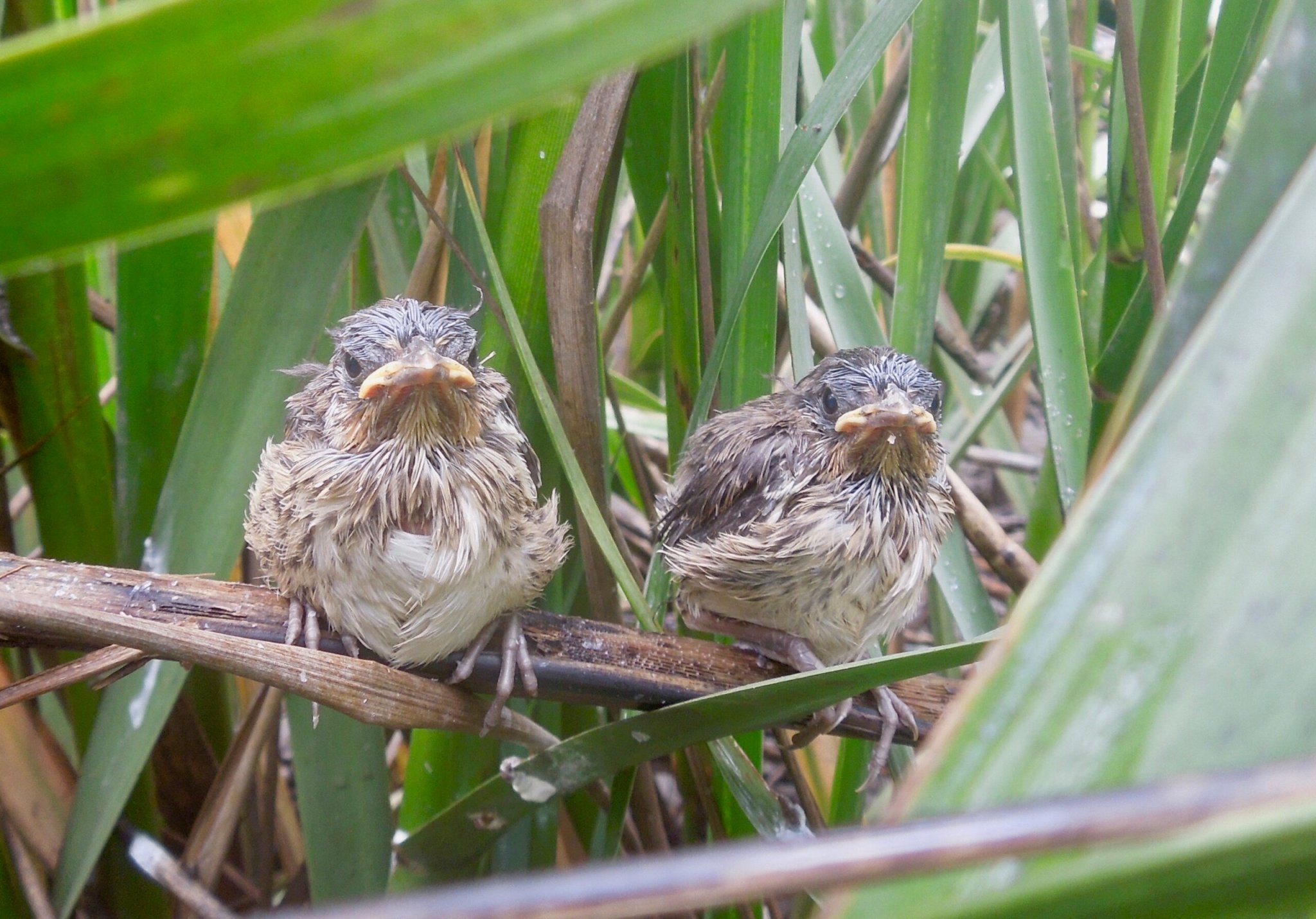

Probing its beak into the soft mud, looking for seeds or insects, the Seaside Sparrow is a common sight on the southeastern coasts of the United States.
Biologist Elizabeth Hunter started studying the small birds as a part of her dissertation at the University of Georgia. She wanted to know how sea level rise—which is already happening in Georgia at a rate of 3 mm/year—would threaten the sparrows. Then, she noticed something surprising.
“Over three years of collecting field data on Seaside Sparrow nesting success, I noticed that many more nests were being eaten by predators than being flooded by high tides,” Hunter said in an e-mail to Popular Science.
Not wanting to overlook an important threat to the population, Hunter, now at the University of Nevada, Reno, decided to create a mathematical model that would take both predation and sea-level rise into account. She found that while flooded nests were a threat to Seaside Sparrows, they were far more likely to build their nests lower in shrubs where predators were less likely to reach them, even if that meant their nest might get flooded more often.
Hunter says that sea level rise has made the risk of Seaside Sparrow nests flooding five to ten times more likely now than in the 1980’s. When a nest floods while empty, or when a few eggs are tucked inside, the flooding is generally manageable. So long as the eggs don’t float away, the sparrows can rebuild.
“The danger is when the nest has nestlings. Nestlings stay in the nest for 10 days after they hatch until they fledge, and if the nests floods while they are still in it, they can drown,” Hunter said. “Adults themselves aren’t really affected by flooding, but they do have to expend more effort to make a new nest and care for eggs and hatchlings if a nest is lost.”
In addition to the threat of the rising sea, the sparrows face assaults from the sky and the land. Fish crows, grackles, red-winged blackbirds, and marsh wrens attack from above, while raccoons, mink, and marsh rice rats mount a ground assault.
During seasons when predator activity was high, the sparrows kept their nests low to the ground. When they lost a nest due to flooding, they built higher, but the predator pressure weighed heavier in their choices than the flooding experience. Caught between gnashing teeth and the deep blue sea, Hunter estimates that predators are about seven times more important than sea level rise in Seaside Sparrows choosing their nesting location. Her research was published today in The Condor: Ornithological Applications.
Luckily, even though Georgia is expected to get one meter (three feet) of sea level rise by 2100—further squeezing the seaside sparrow habitat—there is hope. Hunter says that there is a chance that if humans can lessen the predator impact by putting fencing or modified cages around nesting areas, they might be able to encourage sparrows to move to higher ground. The research could also help other wildlife management teams plan out a future that keeps other birds living high and dry.
